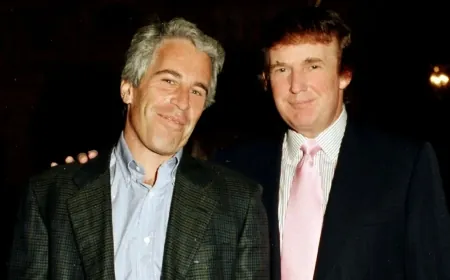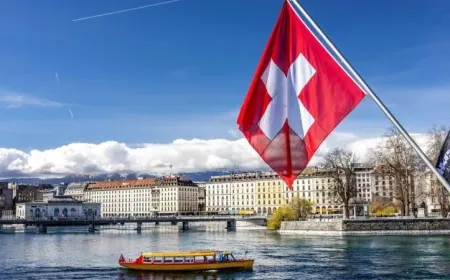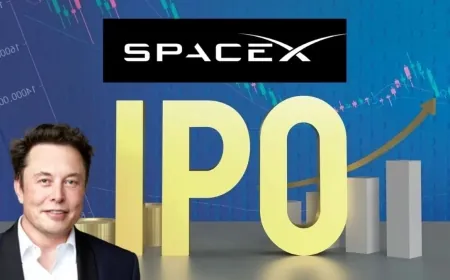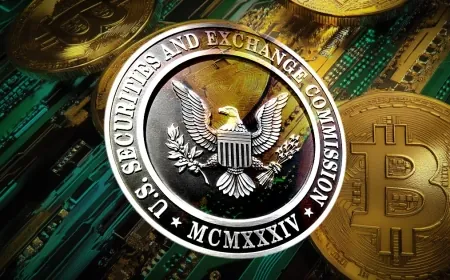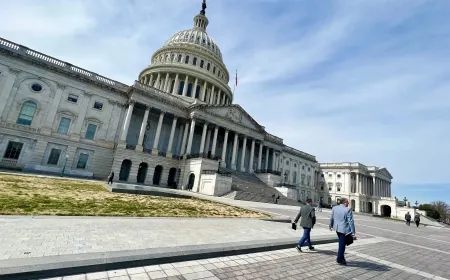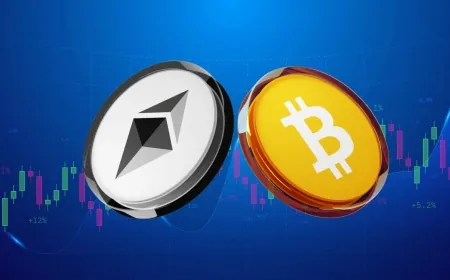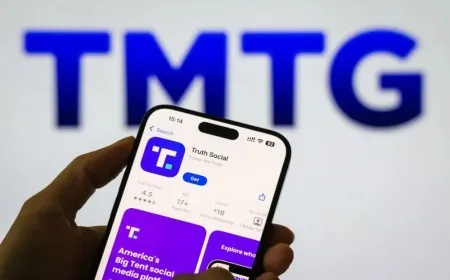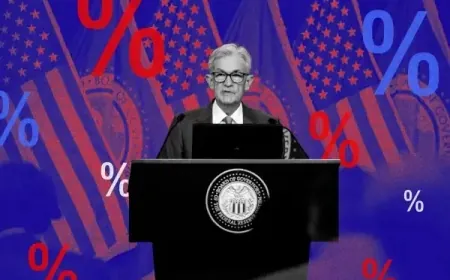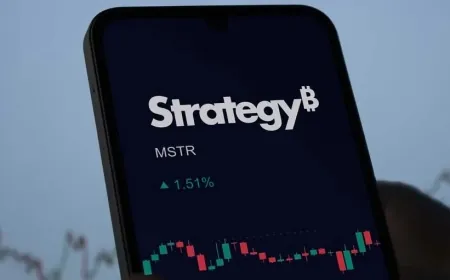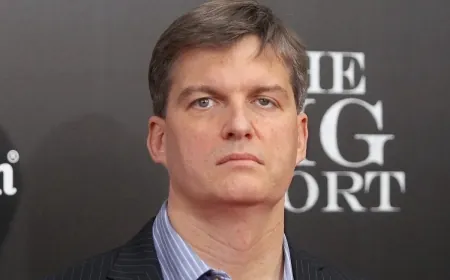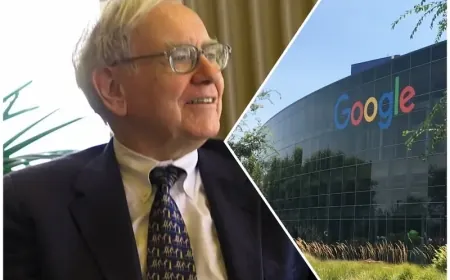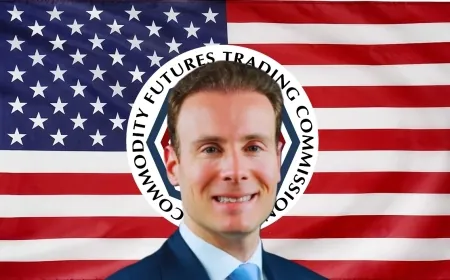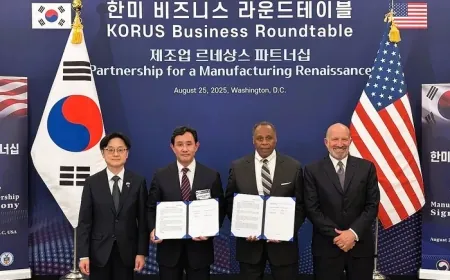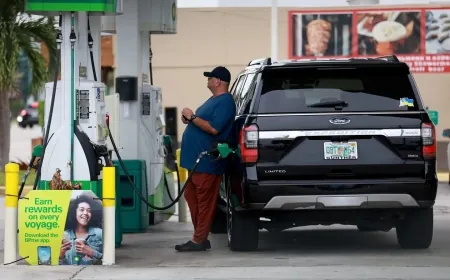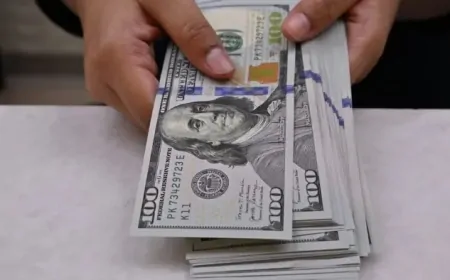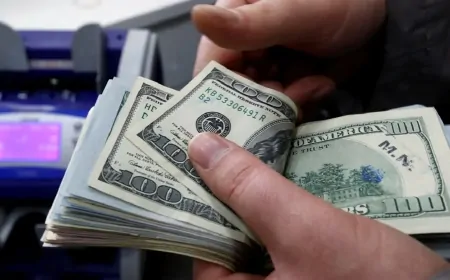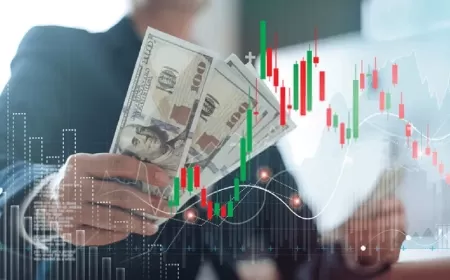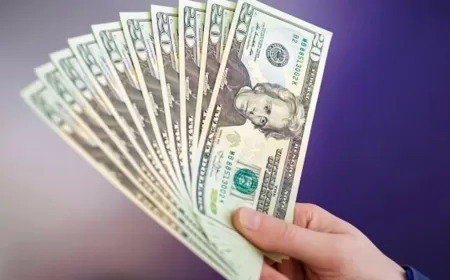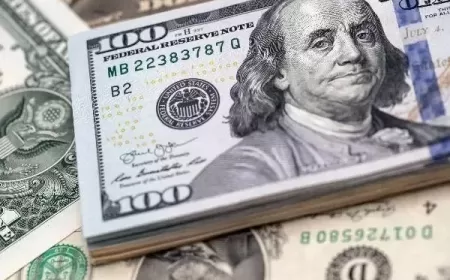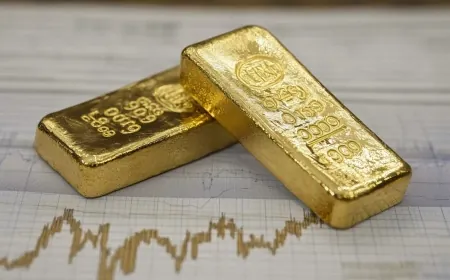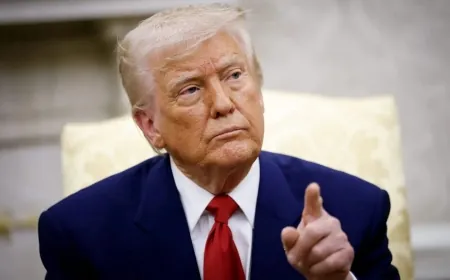Modi Resists Trump’s Tariffs and Strengthens Ties with Russia, China
U.S. tariffs threaten Indian exports, but Modi is doubling down on global alliances and rolling out support to protect industries and workers.
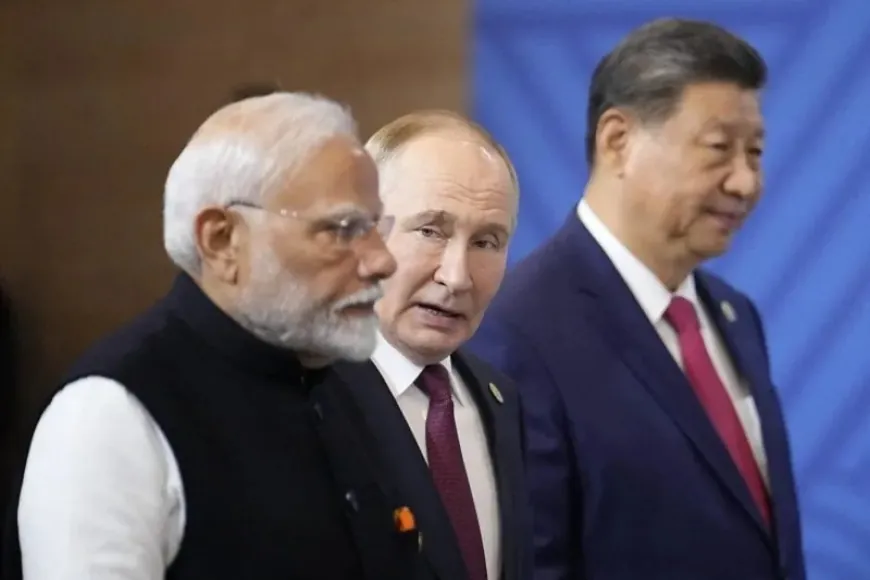
Prime Minister Narendra Modi appeared unfazed during his recent trip to China for a regional security summit, where he shared warm moments with Chinese President Xi Jinping and Russian President Vladimir Putin. His confidence contrasted sharply with the unease in Washington. Just days earlier, Donald Trump’s trade adviser Peter Navarro had accused Modi of “getting into bed with the authoritarians.”
The tension comes as the White House escalates trade pressure. Trump has imposed a 50 percent tariff on roughly two-thirds of India’s $87 billion in exports to the U.S., calling the economic relationship a “totally one-sided disaster.” Yet Modi has refused to yield—ignoring calls from Washington, declining to praise Trump publicly, and instead reaffirming partnerships with Moscow and Beijing.
Emerging from a ride in Putin’s limousine, Modi declared: “Even in the most difficult circumstances, India and Russia have walked together, shoulder to shoulder.”
Political Gains, Economic Risks
Domestically, Modi’s defiance appears popular. Many Indians view Trump’s secondary tariffs—an extra 25 percent charge aimed at punishing India for buying Russian oil—as arbitrary. Polls suggest Modi’s approval remains strong, and his Bharatiya Janata Party (BJP) is benefitting politically.
Economists, however, warn of a steep cost. Barclays’ India chief economist Aastha Gudwani noted: “A 50 percent tariff on India is not something we can solve—it’s something we have to live with.”
The Delhi-based Global Trade Research Initiative has highlighted sectors at risk: jewellers in Surat and Jaipur, shrimp farmers on the east coast, textile factories, and rice exporters could lose access to U.S. buyers. The rupee has already dropped to a record low as fears of job losses and factory shutdowns mount.
Delhi’s Response: Subsidies and Tax Reforms
India’s government is scrambling to shield exporters. Ajay Sahai, head of the Federation of Indian Export Organisations, warned that losing U.S. customers would be devastating. Proposed measures include:
-
Subsidies: Covering part of exporters’ wage bills to prevent layoffs.
-
Reskilling Programs: Using downtime to upgrade workers’ skills until trade normalizes.
-
Tax Overhaul: A simplification of India’s complex consumption tax system to boost domestic spending, possibly before the Diwali shopping season.
These steps come at a cost. India’s debt-to-GDP ratio remains around 80 percent—well above pre-pandemic levels—after heavy Covid-era spending. Last year’s budget deficit stood at 4.8 percent of GDP.
Still, India’s reliance on exports is limited. Shipments abroad make up only 20 percent of GDP, compared with one-third in many European economies. Services exports, which account for nearly half of India’s total, remain untouched by U.S. tariffs, providing a cushion.
Seeking New Trade Partners
Experts argue India must move beyond protectionism and accelerate free-trade deals. Delhi has already signed agreements with the U.K. and U.A.E., and negotiations are under way with the European Union. Some suggest joining the Comprehensive and Progressive Agreement for Trans-Pacific Partnership (CPTPP).
Meanwhile, Modi is strengthening ties with China and Russia. During his China visit, discussions included resolving border disputes, resuming flights, easing visas, and boosting trade in critical minerals. With Russia, trade is targeted to reach $100 billion, and President Putin is expected to visit India before year’s end.
Yet China cannot replace the U.S. as a buyer: India ran a $99 billion trade deficit with Beijing last year.
Oil at the Center of the Dispute
India is the world’s largest buyer of Russian crude, importing around 1.5 million barrels per day in August—one-third of its total. Trump’s sanctions have not altered this pattern.
UBS economist Tanvee Gupta Jain warned that shifting away from Russian oil could destabilize global energy markets and raise prices, hurting India’s economic stability. A $10 swing in crude prices could shift India’s current account deficit by nearly $15 billion.
Confrontation or Compromise?
Despite fiery rhetoric, trade talks between Washington and Delhi continue behind closed doors. Trump recently acknowledged India had offered tariff concessions, though he complained progress was “getting late.”
Ajay Srivastava of the Global Trade Research Initiative described U.S. actions as “an emotional outburst more than a logical step.” Still, Trump’s trade envoy Navarro has gone as far as calling the Russia-Ukraine war “Modi’s war,” further souring ties.
Opportunities for reconciliation may arise at the UN summit in New York in September or during a possible Quad meeting in India in October. But mutual mistrust remains high, particularly after reports that Modi resisted Trump’s attempts to claim credit for easing tensions with Pakistan.
Delhi is preparing for a prolonged standoff. As exporters brace for pain and the government readies subsidies, India is digging in—determined to weather Washington’s tariff storm.
Also Read: Trump Tariffs Force India Toward China While Mexico Sides with U.S.
